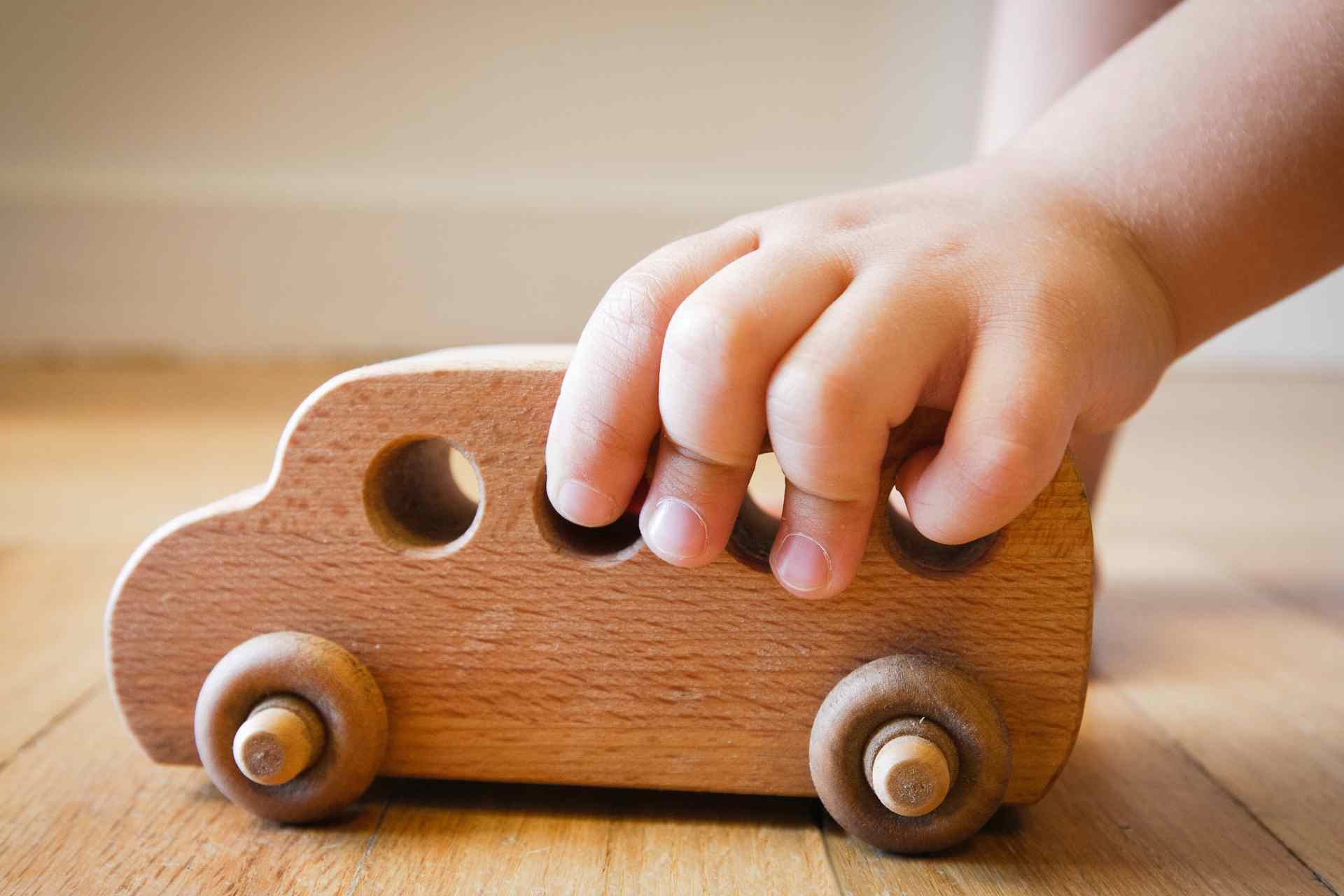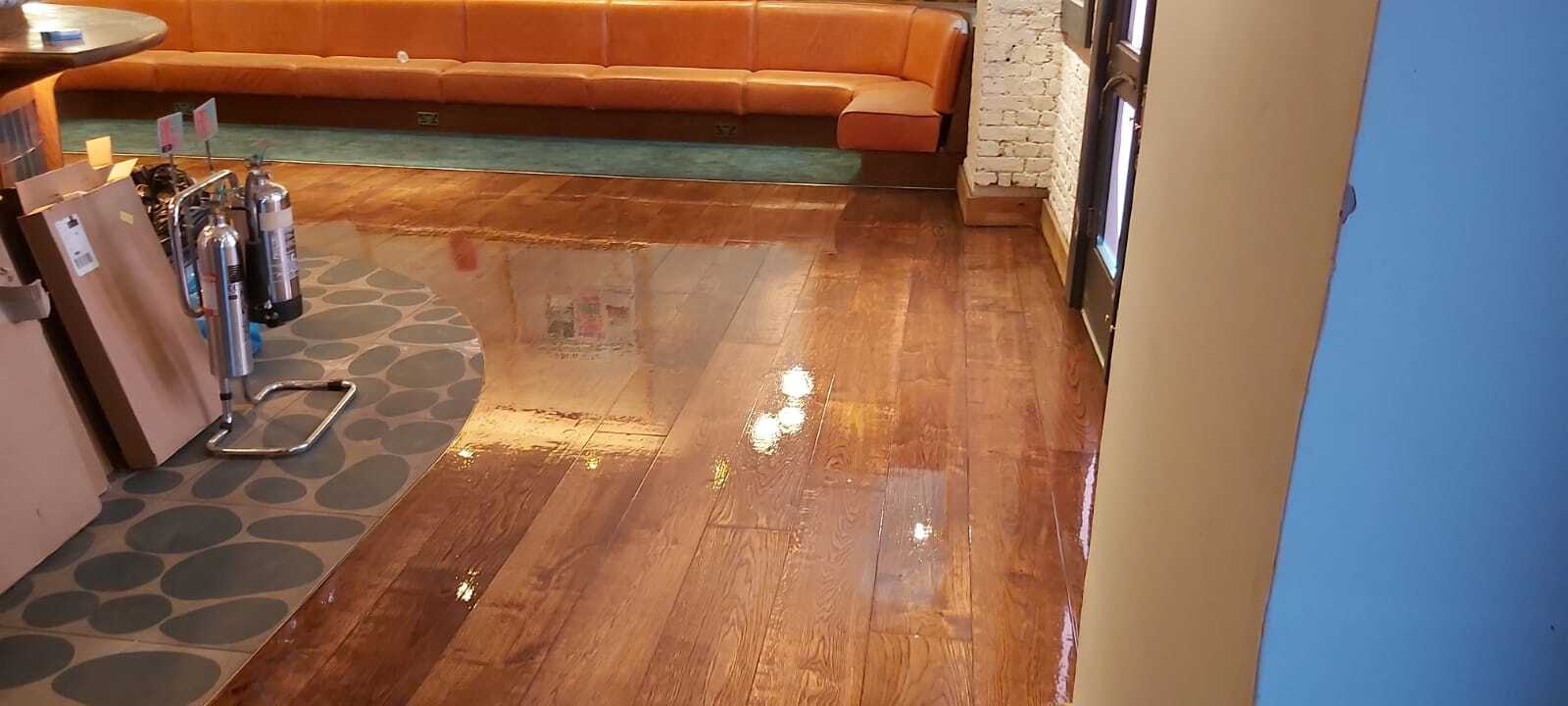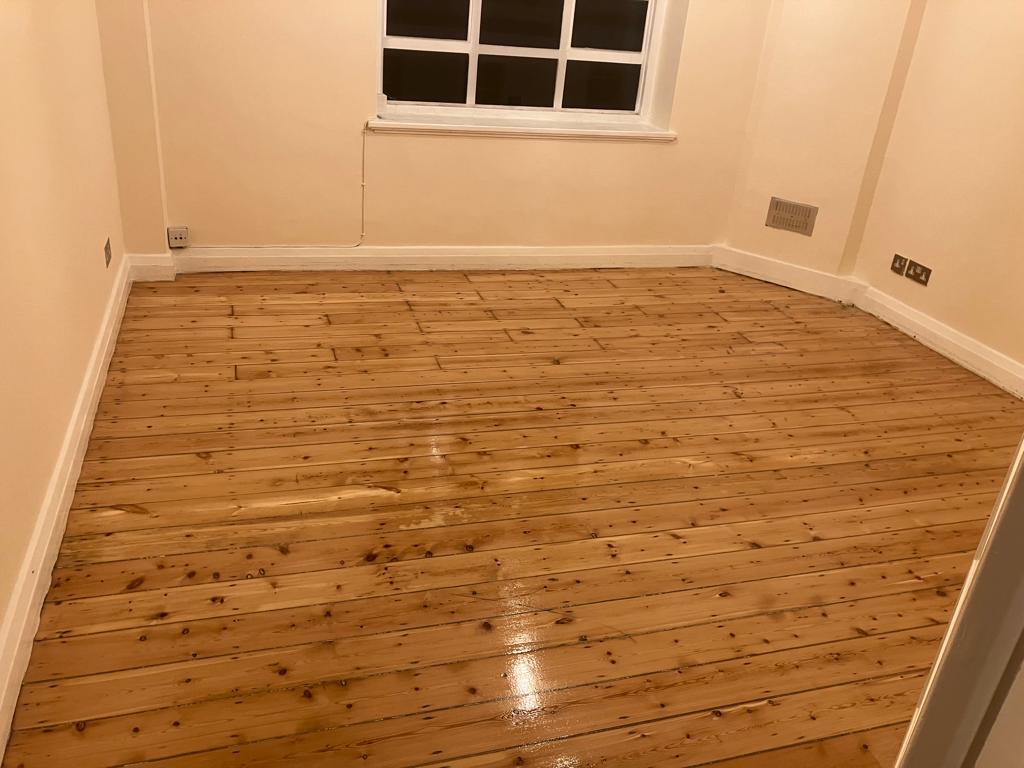Discover the Doctor wood Difference

Repairing wooden floors with
And Dr. Wood
Homeowners often get frustrated when their wooden floors start to deteriorate, losing their shine and charm.
Repairing wooden floors can be a tricky business
But it is essential to ensure your floor is safe and looks great. It’s not easy to watch your pride and joy starting to show signs of wear and tear. While carpets and tiles can be replaced with relative ease, wooden floors can prove to be a much more complicated issue.
Wooden floors are often expensive to repair and can require a lot of skill to ensure the job is done well. When it comes to wooden floor repairs, it can be difficult to know where to start. It takes time, knowledge and patience to repair wooden floors the right way.
But by following the right steps, you can ensure that your wooden floors look good as new. In this blog post, let’s take a detailed look at the different steps needed for successful wooden floor repairs.
From choosing the right repair methods to completing the job in an efficient and affordable manner, this guide will provide all the information you need to get your wooden floors looking perfect once again.
Preparing Your Floor for Repair
If you own a wooden floor, it’s important to understand how to properly repair it. Whether you’re dealing with scratches, discolouration, water damage, or other signs of wear and tear, the right steps – and the right tools – must be taken to ensure that the wooden floor repair is done correctly and safely. In this guide, we’ll go over the basics of preparing your floor for repair and ensure your wooden floor repairs are completed so your floor looks as good as new.
The first step in any wooden floor repair is to assess the damage. Knowing what is wrong with the floor is key in understanding what needs to be done to repair it. Look for signs such as scratches, discolouration, splitting, buckling, cupping, or warping. Once you have assessed the damage, you’ll be able to determine what needs to be done to repair it. 
Once you know what needs to be done to repair your wooden floor, the next step is to prepare the area for the repair. This means cleaning the floor to remove any dirt, dust, and debris that may interfere with the repair. You can use a vacuum cleaner or broom to remove any dirt and dust from the area. For deeper cleaning, use a damp cloth to clean the floor.
In addition to cleaning the floor, you’ll also need to sand down the area that needs to be repaired. Sanding the area helps to remove any scratches, splinters, or discolouration that may have occurred during the repair process. It also creates a smooth surface for the repair to sit on, allowing for better adhesion. Use a fine-grit sandpaper and be careful not to sand too much as to avoid damaging the wood.
After you’ve completed the cleaning and sanding, the next step is to apply the repair material. Depending on the type of repair, you may need to use different materials. For example, minor scratches may be repaired with wood filler, while larger scratches may need to be filled with a wood putty or epoxy. Be sure to follow the instructions of the product that you are using and apply it evenly to the area that needs to be repaired.
Once the repair material is in place, you’ll need to let it dry. Depending on the type of repair material, it could take anywhere from a few hours to
Identifying Different Types of Damage
When it comes to wooden floor repairs, the first step is to identify the type and extent of the damage. It is important to make sure that the entire damage is assessed in order to find the best possible solution. Some of the most common types of damage that can occur in a wooden floor are splits, warping, and cupping.

Splits on a wooden floor are caused when the wood fibres contract or expand due to changes in temperature or humidity. These splits commonly occur along the grain of the wood and look like cracks on the floor.
Warping is the result of incorrect installation, which prevents the floor from lying perfectly flat. Warping can also be caused by the changes in temperature and humidity. Cupping is visible as the edges of the boards are higher than the middle of the board. Cupping is caused by moisture absorption, which results in the boards bowing up.
Other types of damages that can occur in wooden floors include fading or discolouring, scratches, dents, and gaps between the planks.
Fading is usually caused by too much direct sunlight, which can cause the wood grain to become lighter. Scratches can be caused by furniture or pets and can be unsightly. Dents are caused when heavy objects are placed on the floor, causing the boards to flatten and indent. Gaps between the planks can be caused by improper installation or by the boards shrinking due to changes in temperature and humidity.
If you are encountering any of these damages on your wooden floor, it is important to take the necessary steps to properly assess and repair the damage. Understanding the type and extent of the damage is key in identifying the best possible solution for fixing the floor. With proper assessment, wooden floor repairs can be done correctly and effectively, helping you maintain the beauty and durability of your floor.
What to Look for When Buying Materials and Tools
Materials and tools are essential ingredients when it comes to repairing your wooden floor. To ensure that the repairs are done properly, it is important to purchase the right materials and tools. Here are some factors to consider when buying materials and tools for wooden floor repairs.
Durability: The materials and tools you buy should be durable enough to last for several years. Look for materials and tools that are made with quality materials such as stainless steel or heavy-duty plastic that can withstand the wear and tear of daily use. Make sure the tools are designed for the specific type of repair you are performing.
Cost: Cost is always an important factor to consider when making purchases. Compare prices among different suppliers to get the best deal. Additionally, consider buying in bulk as it will save you money in the long run.
Functionality: Make sure the materials and tools you buy are designed for the type of repair you are performing. For example, if you are repairing a hole in the floor, look for a tool that is specifically designed for this type of repair. Additionally, it should be easy to use and efficient in accomplishing the task.
Safety: Safety should be the top priority when choosing materials and tools for your repair job. Make sure the tools have a good grip and are comfortable to use. Additionally, wear protective gear such as gloves and goggles when using the tools.
Having the right materials and tools for your wooden floor repairs is essential. Taking the time to consider these factors will ensure that you get the right materials and tools for your repair job. With the right materials and tools, you will be able to do the job right and have a successful repair job.
Common Steps for Repairing Your Wooden Floor
1. Inspect the Damage: The first step in repairing your wooden floor is to inspect the damage. You need to identify the extent of the damage and determine whether the floor needs to be replaced or if it can be repaired. During the inspection, take note of any loose or broken boards, peeling or bubbling paint, and any warping or splintering.
2. Repairing the Damage: Depending on the extent of the damage, the repairs could be as simple as replacing a few boards or as complicated as replacing the entire floor. For minor repairs, such as loose boards, splintering, and bubbling paint, you can repair the damaged area with wood glue and putty. For more major repairs, such as replacing the entire floor, you will need to hire a professional wooden floor repair specialist.
3. Sanding: Once the repairs are complete, it is time to sand the floor. Sanding can be a tedious and time-consuming process, but it is necessary in order to prepare the surface for finishing. Start with a coarse-grit sandpaper and gradually work up to a fine-grit sandpaper. This process will remove any existing stains, dirt, and debris, as well as smooth out any uneven surfaces.
4. Finishing: After the floor has been sanded, it is time to apply the finish. Depending on the type of floor you have, there are several different types of finishes to choose from. The most common types of finishes are oil-based and water-based polyurethane, which provide excellent protection against wear and tear.
5. Clean Up: Once the finish has dried, it is time to clean up the area. Vacuum the entire area to remove any dust from the sanding process and wipe down the floor with a damp cloth to remove any debris.
6. Maintenance: Once the repairs are complete, it is important to take good care of your wooden floor. Regularly sweeping and mopping the floor will help to protect it from dirt and grime while also helping to maintain its appearance. Additionally, you should avoid walking on the floor with high heels or other sharp objects that could cause damage.
By following these steps, you can repair your wooden floor the right way and ensure that it looks great for years to come. With the right care and maintenance, your wooden floor will be a beautiful and durable addition to your
Finishing Touches – Refinishing Your Floor
Your wooden floors may be an integral part of your home and you want to keep them looking beautiful. Refinishing your floors can help to give them a new lease of life and make them look as good as new. Refinishing your floor is not a difficult job and can be done relatively easily in a few basic steps.
The first step in refinishing your floor is to sand the wooden surface. This should be done carefully with a power sander.
Be sure to sand in the same direction of the grain to prevent the wood from becoming damaged. Once the surface is sanded, you need to remove all of the dust and debris with a vacuum cleaner.
The next step is to apply the stain to the floor. There are a variety of stains available in different colours. Be sure to choose one that will match your existing décor. Once the stain is applied, it should be left to dry for several hours before moving onto the next step.
The third step in refinishing your floor is to apply a sealant. The sealant will help to protect the wood from dirt and dust and will also give it an extra layer of protection. After the sealant is applied, it should be left to dry for several hours before moving onto the next step.
The fourth step in refinishing your floor is to apply a protective varnish to the floor. There are a variety of varnishes available and you should select one that is suitable for your floor. Once the varnish is applied, it should be left to dry for several hours before the room is ready to be used again.
These steps are all that is needed to refinish your floors the right way. Following these steps will not only help to refinish the floor, but will also help to protect it from further damage. With a little bit of effort, your floors can look as good as new.






